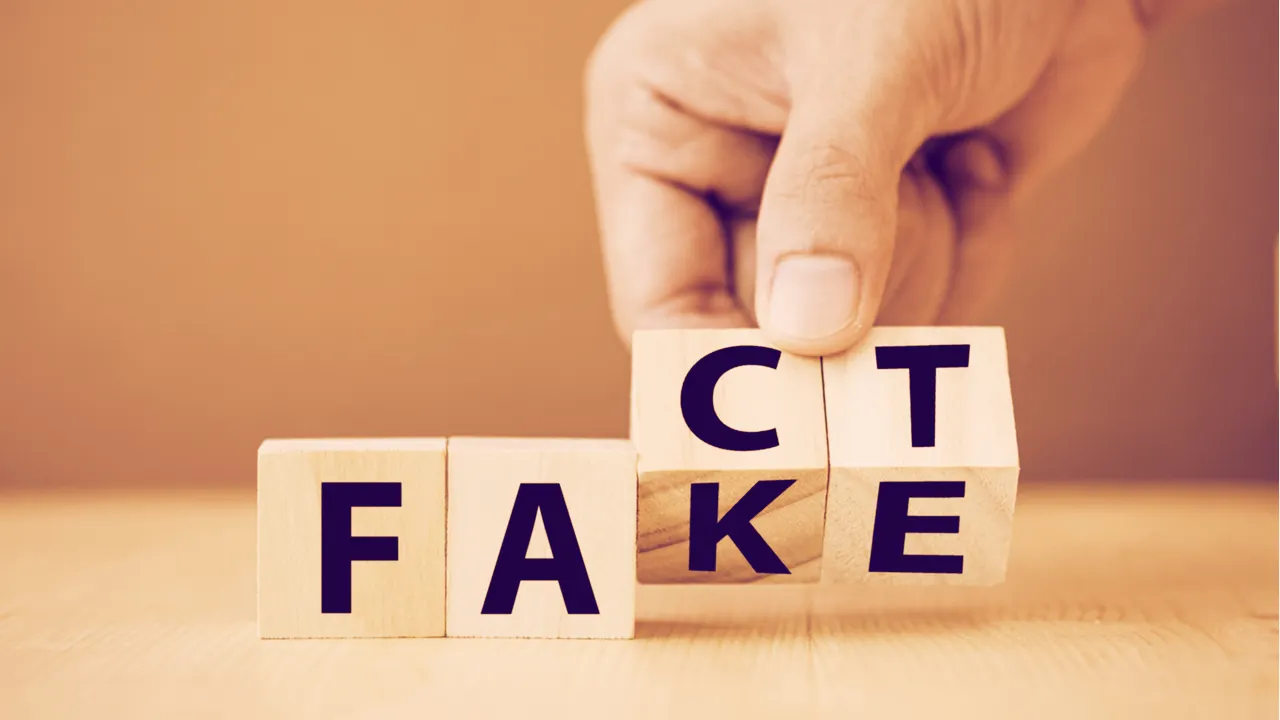In brief
- The Graph, a company that helps dapps get easier access to on-chain data, has an idea for combating fake news.
- It involves creating a data feed for facts and figures that can then be accessed via an un-alterable blockchain.
- But biases still exist and could prove to be a problem.
Decentralized finance data company The Graph is working to fight fake news.
The Graph, a San Francisco-based company that organizes information on the Ethereum blockchain so dapps can have easy access to it, said in a blog post today that it is working on making public data available to all—and that this will help combat fake news.
How does it work? It’s complex stuff, but The Graph says the idea is that people would be able to rely on “a global data source that was auditable for news, events, content, financial data and information sharing.”
Right now, a lot of data is guarded and difficult to easily access and make sense of. Market data, for example, is held by a handful of top organizations such as Bloomberg and Reuters, who have the resources to collect, analyze, and disseminate that data—for a hefty price.
The Graph wants to change this by making a shared global application programming interface (API) that is “accessible to all and curated by the community” (anyone wanting to get involved or use The Graph’s services), in turn preventing a “privileged group” from having control over public data.
It has some experience with this. Founded in 2018, the company works to give developers the ability to request specific blockchain data that is hard to access. Its clients include Synthetix, Uniswap, and Aragon.
Eva Beylin, the author of the post, used the example of the Ukraine International Airlines Boeing 737 that was shot down in January by the Iranian military. She wrote that when first trying to piece together what had happened, there was a lot of conflicting information online.
The Graph wants to change this by making it possible to put auditable data online—on a blockchain—so it “can’t be misconstrued.”
She argued this would stop false data being shared because cryptographic proofs would provide security and certainty about where data originally came from and because timestamps cannot be altered or faked—something that has led to problems in the past with verification.
But despite the good intentions and high-tech solutions, Beylin said that human biases would be difficult to change. “Human desire to drive conclusions in our favor also isn’t going to necessarily change, even if we verify all sources,” she wrote. “Politicians promote propaganda, companies withhold data, journalists cherry pick facts. Despite warnings of inconvenient untruths, we often still trust our biases.”
Moreover, Beylin added that it may also be difficult to verify whether “on-chain commitments are truthful in the first place.” In other words: garbage in, garbage out.
All of which inserts doubt into the original proposition. If people, not protocols, are the problem, how does another protocol help?
Tegan Kline, who heads up business development at The Graph, told Decrypt: “I think that with the internet, information came so freely and quickly that we do not know what to believe anymore and question everything.”
She continued: “Prior to, information was cited and it was much more difficult to have fake news...If we get back to citing sources and actually being able to know where information comes from via blockchain technology, we can restore faith in information during the Internet age.”

